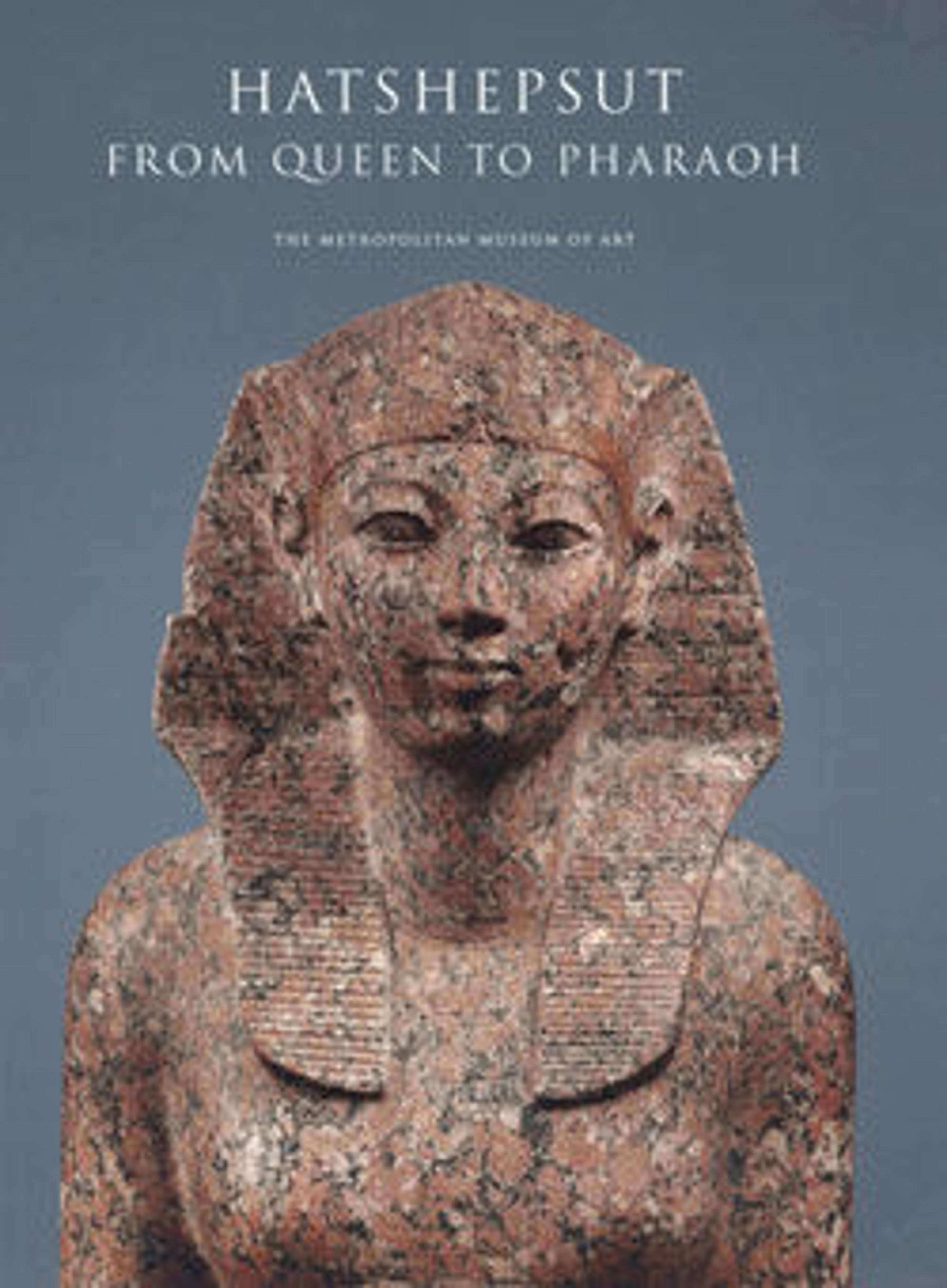Relief of Thutmose III
This fine relief of Thutmose III probably came from his valley temple. He also constructed a mortuary temple against the cliffs of Deir el-Bahri at Thebes adjacent to that of Hatshepsut, with whom he shared the kingship for part of his reign. It shows the king wearing the khat headcloth with a very menacing coiled uraeus on his brow.
The fragment was found reused in a Ramesside temple on the same site as Thutmose's valley temple. It was excavated in 1906 by Lord Carnarvon and came to the Museum after his death along with many other items in his collection.
The fragment was found reused in a Ramesside temple on the same site as Thutmose's valley temple. It was excavated in 1906 by Lord Carnarvon and came to the Museum after his death along with many other items in his collection.
Artwork Details
- Title:Relief of Thutmose III
- Period:New Kingdom
- Dynasty:Dynasty 18
- Reign:reign of Thutmose III
- Date:ca. 1458–1425 B.C.
- Geography:From Egypt, Upper Egypt, Thebes, Asasif, Temple of Ramesses IV, foundation, Carnarvon/Carter excavations, 1906
- Medium:Limestone, paint
- Dimensions:H. 32 cm (12 5/8 in.); W. 32 cm (12 5/8 in.); D. 6.5 cm (2 9/16 in.)
- Credit Line:Purchase, Edward S. Harkness Gift, 1926
- Object Number:26.7.1399
- Curatorial Department: Egyptian Art
More Artwork
Research Resources
The Met provides unparalleled resources for research and welcomes an international community of students and scholars. The Met's Open Access API is where creators and researchers can connect to the The Met collection. Open Access data and public domain images are available for unrestricted commercial and noncommercial use without permission or fee.
To request images under copyright and other restrictions, please use this Image Request form.
Feedback
We continue to research and examine historical and cultural context for objects in The Met collection. If you have comments or questions about this object record, please contact us using the form below. The Museum looks forward to receiving your comments.
